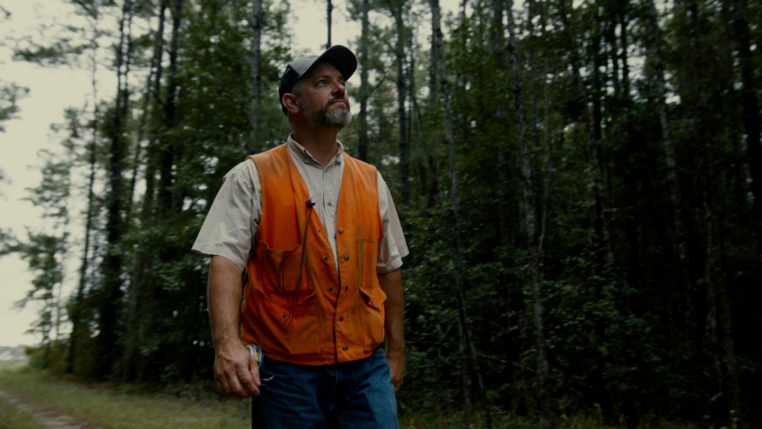The Forest Industry Needs More Young Talent

The forest industry, like every industry in America, faces a workforce challenge. We are facing some very serious demographic challenges, and rural areas—where the industry is largely based and recruits from—are at a particular disadvantage when we look to recruit young people. I wrote about this previously in a Woods to Mill titled Part of the Workforce Challenge is a Demographic Challenge, so I won’t spend too much time on that point.
I was just reading a new report from Dovetail Partners titled Workforce Needs & Challenges in the U.S. Forest and Wood Products Sector. While plenty of interesting and thoughtful ideas were presented, one thing that jumped out at me was some of the data on age distribution in sectors of the forest industry, with a comparison to the entire U.S. workforce.

The median age of the U.S. worker is a little over 42, up from 40 a couple of decades ago. Every sector of the forest industry has a higher median age. It’s important to note that having some age in the workforce is a great thing – it brings wisdom, experience, and stability. I’m older than the median age of all of these sectors, so I’m not saying we need to rid ourselves of seasoned professionals.
What we do need to do, however, is infuse the industry with younger people. A closer look at the data shows that our industry—and especially forestry and logging—just doesn’t have as many younger people (pick your own number on what’s “young,” but a look at the chart below will show that our workforce is older than the U.S. workforce as a whole).

So why do we want a younger workforce? Let’s start with some of the folks in the upper tiers of the industry who are probably going to retire, and it would be great if we could backfill behind them. But there’s more than that. Here’s a quick list I came up with, and I am sure there are more:
- New workers bring new perspectives – they don’t suffer from “we’ve always done it this way” because they haven’t done it ever. That doesn’t mean they will be right, but questioning assumptions and practices is healthy, and it provides opportunities to re-think standard practices.
- Younger team members often bring enthusiasm – it is exciting to do new things and have new ideas. If their enthusiasm is well-directed, it can be harnessed to help organizations achieve more and think creatively.
- If you grow up with technology, you view it as more of an approach than a tool. “Digital natives,” who have been exposed to the internet since before they could walk, are well positioned to find ways to incorporate technology into a wide range of processes, bringing efficiency and opportunities to better track and utilize data.
- Younger people are generally better attuned to consumer trends and can help us understand where the market is and where it is going.
- Finally, if we don’t get young people into the industry, there won’t be much of an industry in a few decades. That’s a big one.
Of course, it’s easy to say we need younger people. It’s harder to attract them. I would welcome you sharing ideas on ways that the forest products industry – all sectors – can attract younger workers. If you have ideas, please email them to me at [email protected] – I will collect ideas from around FRA, and share them in a future Woods to Mill post. I will make sure to only share your ideas – not your name or company – so be assured you’ll be anonymous.


